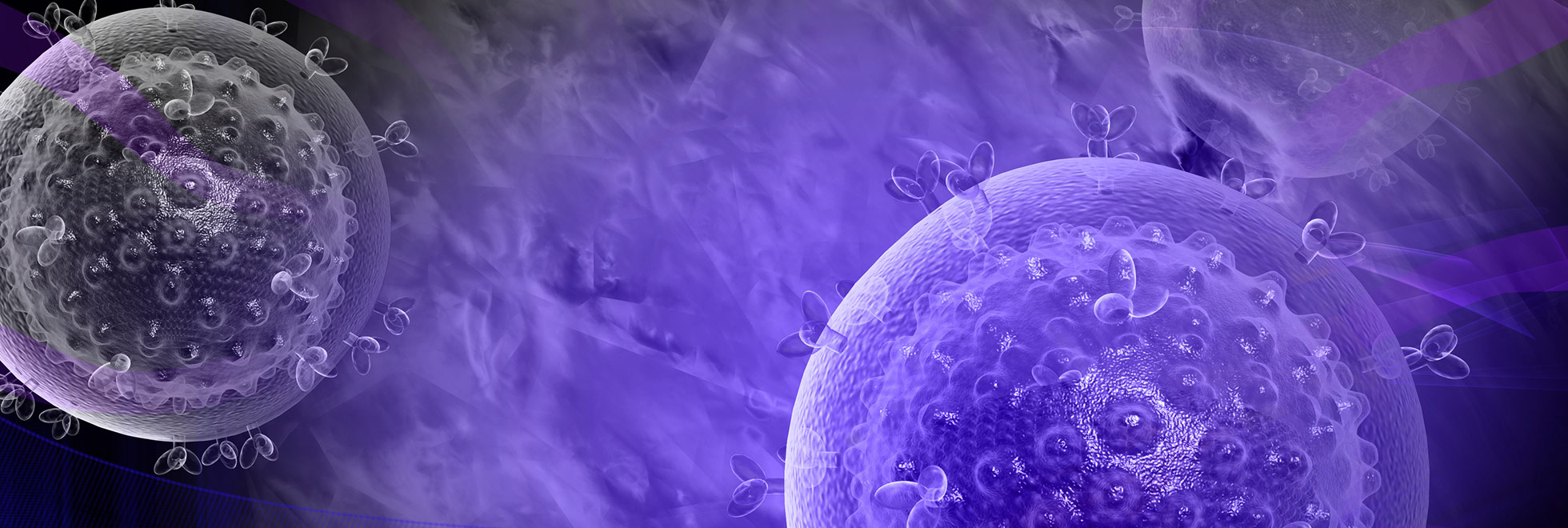Research News 6

Research News
-
Blocking T-Cell Growth: Will It Shrink the Reservoir?
A small cure trial explored the possibility that suppressing T-cell proliferation might reduce the HIV reservoir.
-
Dr. Lishomwa “Lish” Ndhlovu Takes the Lead
amfAR’s newly appointed Scientific Advisory Committee Chair discusses the power of collaboration and creating the space for unexpected breakthroughs in HIV cure research.
-
A Step Toward Eliminating Reservoir Cells?
Researchers identify markers on T cells with increased latent HIV in order to target them for elimination.
-
Meet the London Patient: Adam Castillejo
The second person cured of HIV talks to amfAR’s Dr. Rowena Johnston about advocacy and AIDS research..
-
amfAR Awards $1.5 Million to Researchers Targeting the HIV Reservoir
amfAR’s new grants support HIV cure research using mRNA and gene-editing technologies, and souped-up natural killer cells, to target the HIV reservoir.
-
The Issue of Tissue: Getting to the Source of the HIV Reservoir
Researchers emphasize a full characterization of the HIV reservoir needs to focus on tissue sites, not only blood, in the search for a cure.
-
Improving HIV Latency-Reversing Strategies
Laying the groundwork for a cure, researchers investigate a potent “pathogen-activated” antiretroviral therapy strategy to eliminate HIV reservoirs.
-
Developing the Next Generation of COVID-19 Vaccines
Researchers have again parlayed HIV research to COVID-19 to develop a nanoparticle mRNA-based vaccine platform to address SARS-CoV-2 variants.
-
New Case of HIV Cure Reported
A fourth person, dubbed the City of Hope patient, has achieved HIV remission following a transplant using stem cells with a CCR5delta32 mutation.
-
Dr. Steven Deeks Receives Mentoring Honor
University of California, San Francisco, recognizes Steven Deeks, amfAR Institute for HIV Cure Research principal investigator, for his mentoring work.
-
Dismantling HIV Silencing Factors
Dr. Ya-Chi Ho and team focus on dismantling SLTM, an HIV silencing factor, in order to reactivate HIV in reservoirs for the virus to be targeted.
-
amfAR Awards More than $1.6 Million in New Grants
Newly funded by amfAR, researchers will investigate the potential of current drugs and future technologies to cure HIV.
-
New Chair Appointed to amfAR’s Scientific Advisory Committee
Dr. Lishomwa Ndhlovu, an HIV researcher and director of the Ndhlovu Laboratory, has been appointed as the new chair of amfAR’s Scientific Advisory Committee.
-
Refining COVID-19 Vaccines and Implications for PLWH
To refine established and new COVID-19 vaccine products as SARS-CoV-2 evolves, researchers seek the best viral targets by studying antibody responses.